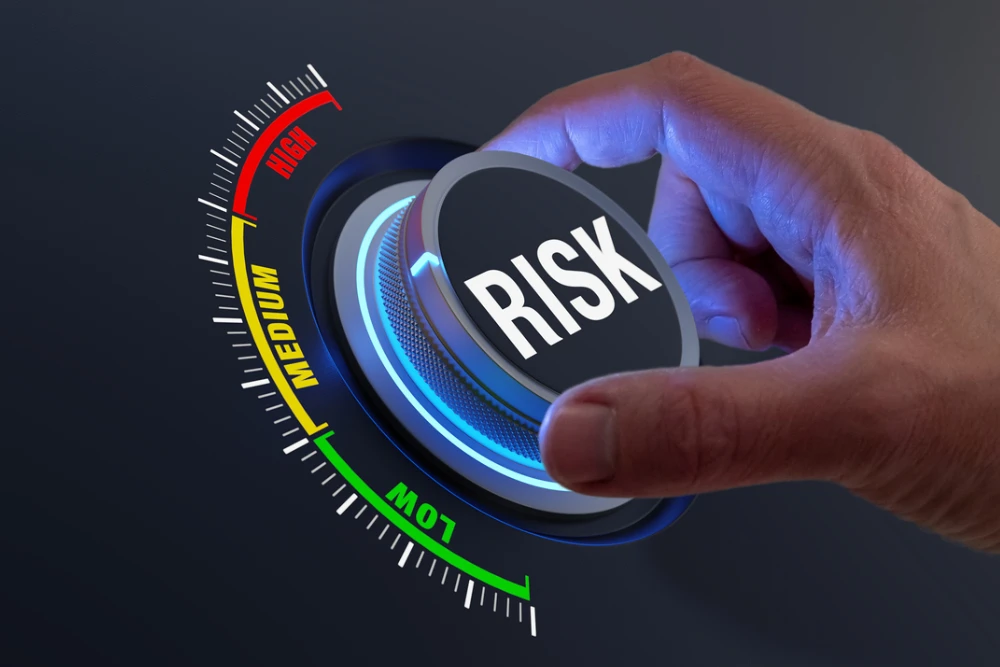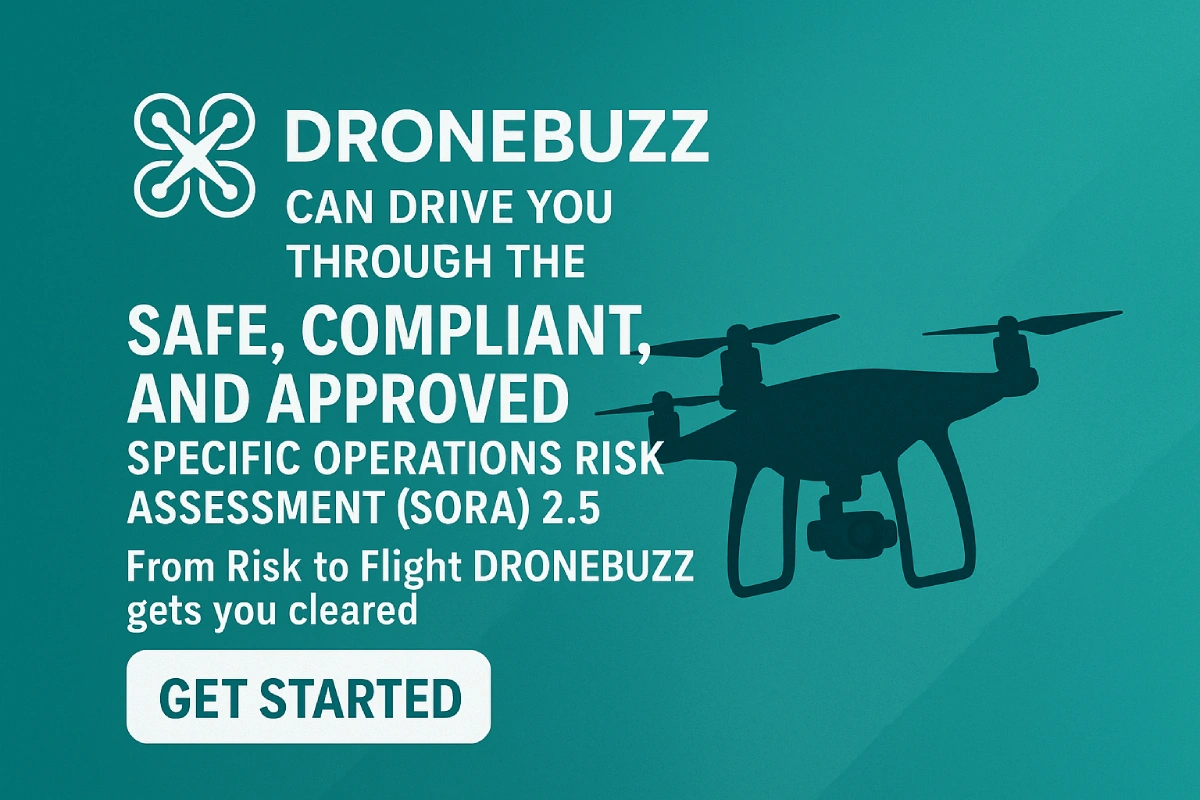
As the use of the drone (Unmanned Aerial Systems or UAS) becomes increasingly integrated into commercial, industrial, and military applications, assessing operational risks is crucial to ensure safety, regulatory compliance, and mission success. A drone-specific operations risk assessment involves identifying potential hazards, evaluating their impact, and implementing mitigation measures.
